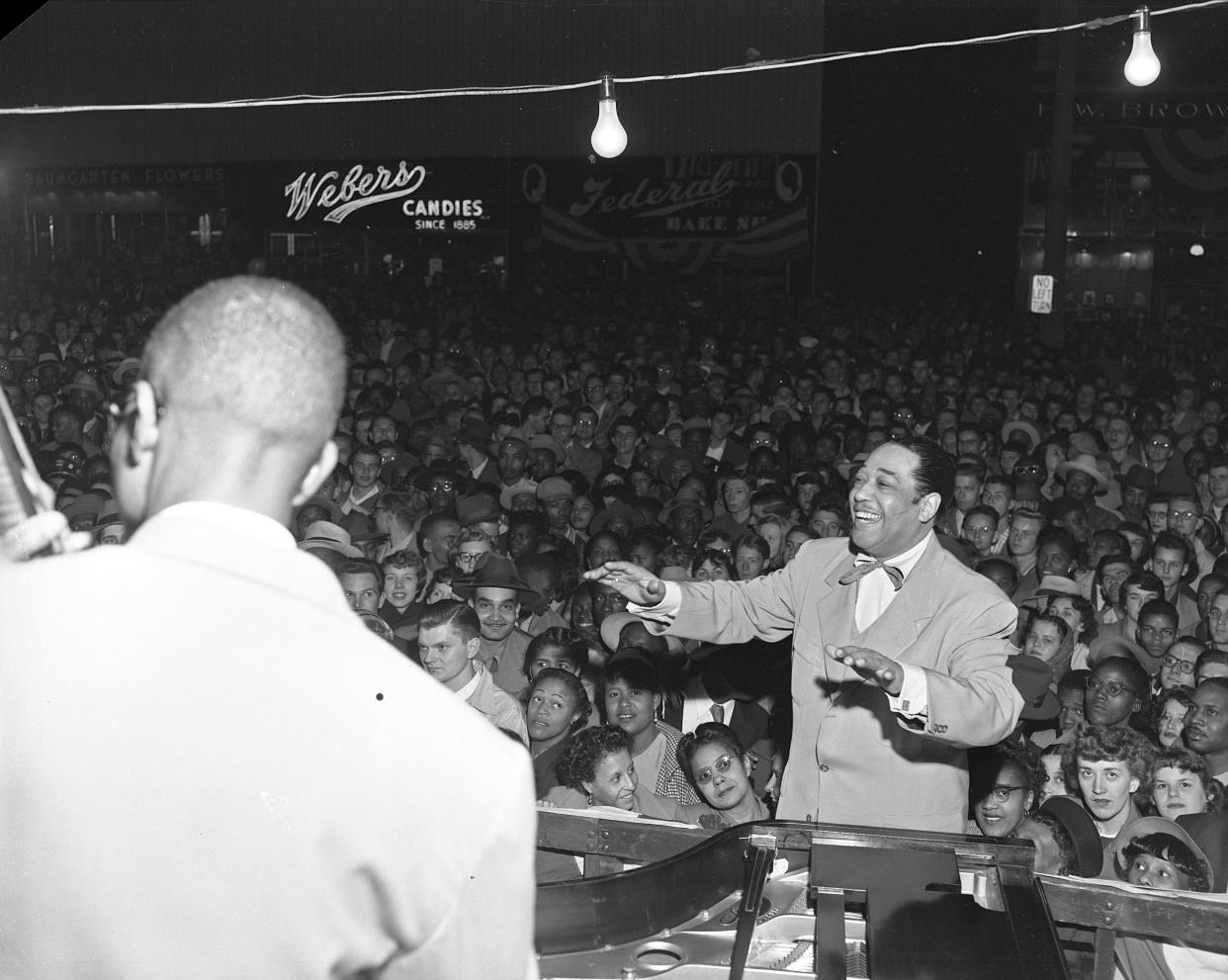The history of jazz in Milwaukee

Over the years, Milwaukee has been a laboratory for jazz musicians. In its heyday, jazz greats like Duke Ellington, Louis Armstrong and Billie Holiday would perform at clubs in Bronzeville, the heart of Black culture and business in Milwaukee.
The sounds of trumpets blaring and saxophones wailing would spill onto Bronzeville’s streets. Music lovers, white and Black, congregated at places with names like the Moon Glow, the Flame, and Thelma’s Back Door.
The main thoroughfare of the neighborhood just north of downtown was Walnut Street. It became a workshop for young jazz musicians looking to cut their teeth – people like alto saxophonist “Bunky” Green, who went on to play briefly with Charles Mingus. Then there were downtown jazz clubs like Curro’s, where Chicago native Herbie Hancock made his professional debut.
Many players who started out in Milwaukee made it out to bigger cities like Chicago or New York. But others, such as guitarist “Manty” Ellis and saxophonist Berkeley Fudge, stayed, becoming mentors to the next generation of players coming up in the city.
Many of Bronzeville’s jazz clubs closed when the city bulldozed much of Walnut Street and the surrounding neighborhood in the name of urban renewal and freeway construction. But jazz has remained.
A new generation of players listened and learned at clubs like the Jazz Estate. And Milwaukee has kept turning out new, prominent musicians.
See the rest of Milwaukee's 100 objects
This article originally appeared on Milwaukee Journal Sentinel: The history of jazz in Milwaukee
